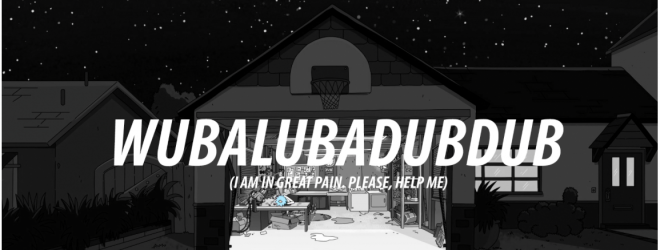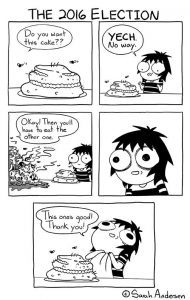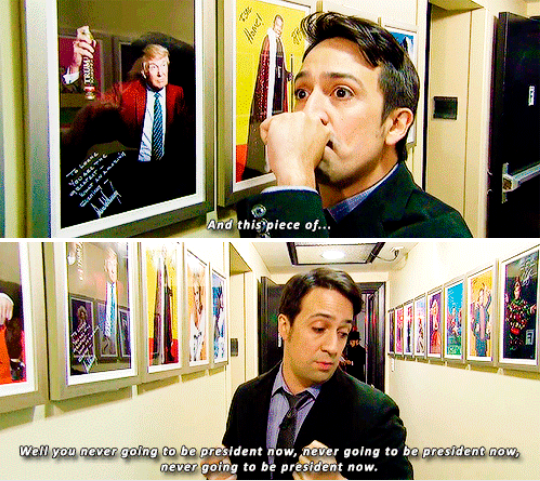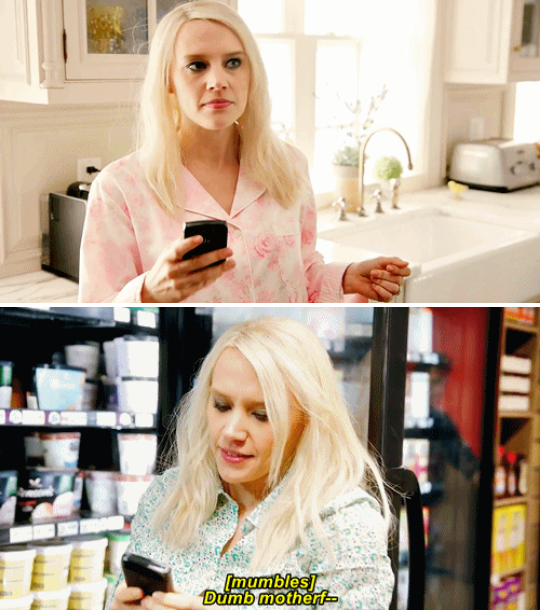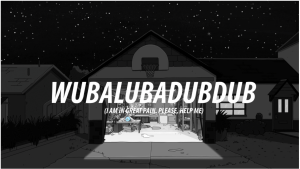We, as a society, are obsessed with knowing about the lives of other people. We are definitely in love with TV shows about roommates: Big Brother, Keeping Up with the Kardashians, Friends, How I Met Your Mother, among many others. We see a lot of roommates on TV, but we do not experience the roommate life until college. Roommates are a big part of college culture. College is the first time students will have a roommate in their life.
A roommate is someone you share the same living area. The space that you once called your own, where you went to be with yourself, where you are your most comfortable. This area is no longer just your space. Not only is it a new place that you have not called your own yet, but you now have to share this space with a complete stranger.
Random roommate assignment is what happened to Brayton and Kaylin. They came to Morningside knowing that they were going to be roommates with each other, but had no idea what the other person was going to be like besides what’s on their Facebook.
Brayton Hagge from Crofton, NE was the only student from her graduating class going to Morningside. Without knowing anyone else going to her future school, she had no choice but to fill out the housing survey to have a random roommate.
Kaylin Petersen from Lake Park, IA did know other students at Morningside. At the time, she was a cheerleader on campus and had an old friend from her high school here. Kaylin wanted the ‘college experience’ of living with an unknown college roommate instead of her friend and instead of the other girls on the cheer team since she would be seeing them at practice.
Freshman moving day came, and Kaylin was there before Brayton, “When she first entered the room, she greeted me and immediately I thought, she’s friendly and is going to be really more outgoing than me.” Kaylin chuckles with a shake of her head. “And then the first thing we talked about is how messy we are.”
Flash forward to three years later, Brayton laughs, “My first impression of Kaylin was that she watches a lot of TV.” She shrugs. “I knew she was a cheerleader, but that’s it.” She and Kaylin are still roommates. Kaylin says what made it work best for them was that they were not spending every minute of the day together. The two had their friend groups that they hung out with during the day, but in the evening, in the room they shared, they became friends.
It did not mean that they avoided each other outside of the residence hall. It was just nice for the two of them to get away from each other by having other friends, but still having a friend at home. There isn’t a rhyme or a rhythm to it all just depends on what kind of person you and your roommate are and figuring it for yourselves.
Some people though aren’t as lucky. Kari* came to Morningside and picked out a roommate she went to high school with and things did not go according to plan. They were not best friends, but they knew each other and got along. Before the end of their first year living together, some things happened, and by the end of the year, they did not even talk.
The next year, Kari moved in with a friend she made in college and that did not go as planned either. Whether it was the different personalities or maybe Kari can’t have roommates. Things just don’t always go as according to plan. It is like learning how to live with your roommate like Brayton and Kaylin. You just have to keep testing out the waters to see if you can live with someone else.
Kari is now in graduate school and living off campus in a house by herself, and she says although it gets lonely, it is nice having a place you call your own.
Roommates are a part of college culture and whether you get along with your roommate or not. You end up learning some things about yourself such as how to live with other people, if you can live with other people, or if you are better off alone. Whether you know you can live with a roommate you will always have Rachel, Chandler, Joey, Ross, Phoebe, and Monica there to keep you company. The best part about these roommates is that you can just turn them off.
*In my previous post, you know this story is about Kari. Meaning even if I changed her name, you’d still know it is about her. She just wishes for her last name not to be mentioned.
